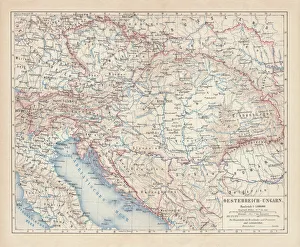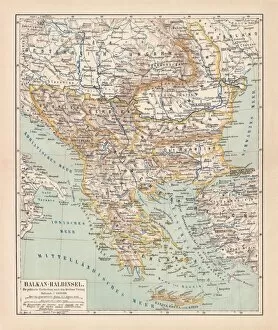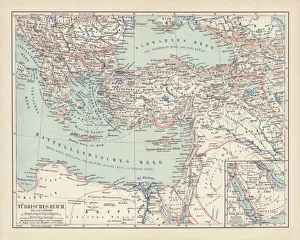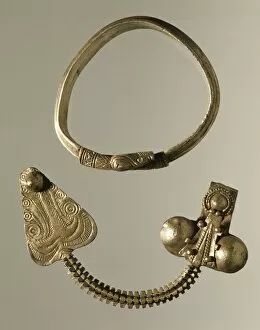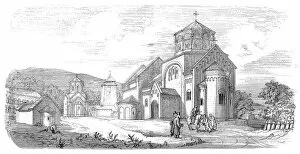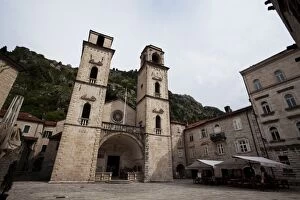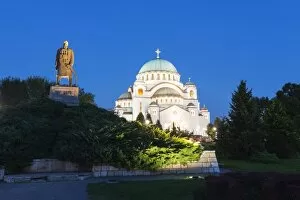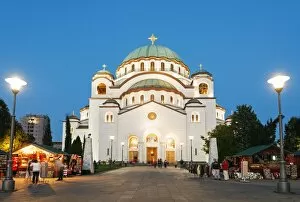Serbian Culture Collection
"Exploring the Rich Tapestry of Serbian Culture: A Glimpse into the Past" Step back in time and immerse yourself in the captivating world of Serbian culture
All Professionally Made to Order for Quick Shipping
"Exploring the Rich Tapestry of Serbian Culture: A Glimpse into the Past" Step back in time and immerse yourself in the captivating world of Serbian culture. From its roots intertwined with the Austro-Hungarian Empire and Habsburg Monarchy, to the vibrant Balkan Peninsula of 1878, this lithograph published in 1877 transports us to a bygone era. As we delve deeper, we encounter another lithograph depicting the Ottoman Empire's influence on Serbia during that same period. The Balkan States emerge as key players shaping Serbian identity amidst this historical backdrop. The Orthodox monastery Studenica stands tall as a testament to faith and spirituality, while Saint Trifon Cathedral, Saint Luke Church, and Serbian Orthodox Church of St Nicholas offer glimpses into architectural marvels that have stood for centuries. One cannot overlook the grandeur of St. Sava Orthodox Church built in 1935. Its towering presence is complemented by Karadjordje's statue - an homage to a prominent Serbian political leader who left an indelible mark on history. Located in Belgrade, Serbia - Europe's crossroads - St. Sava Orthodox Church serves as both a spiritual sanctuary and a symbol of national pride. But it is not just monumental structures that define Serbian culture; it is also found within intricate artifacts like silver bracelets from Kolari Smederevo dating back to the 6th century B. C. , showcasing craftsmanship passed down through generations. Serbian culture encompasses much more than words can capture – it is an amalgamation of diverse influences spanning centuries. So come along on this journey through time and witness firsthand how tradition intertwines with modernity in one fascinating tapestry known as "Serbian Culture.

